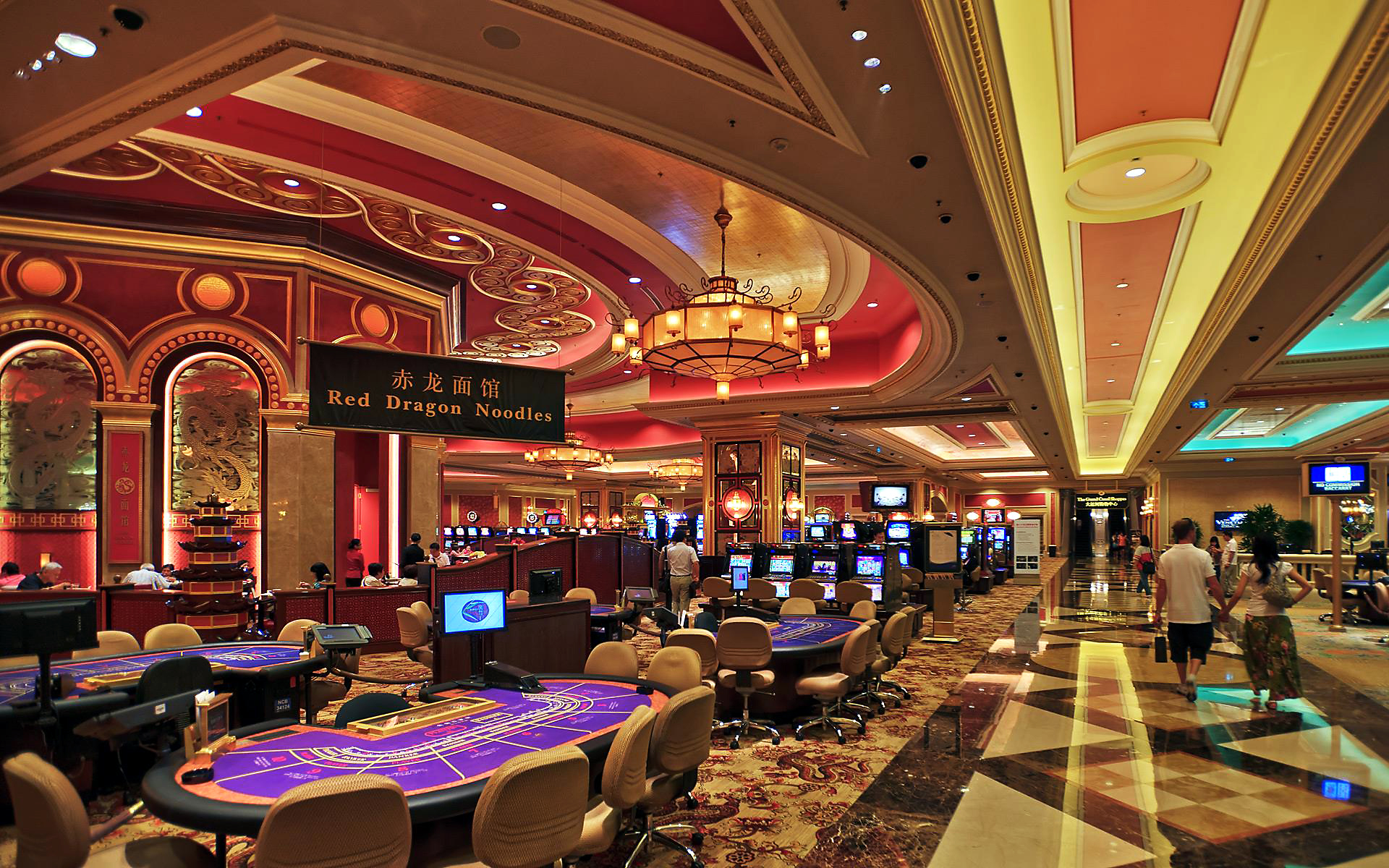In the shadows of the glittering lights and those alluring sounds of spinning wheels lies an vibrant world where innovation meets numbers: the creation of games of chance. While players converge to casinos seeking excitement and the possibility of striking it rich big, a vast amount of effort takes place behind closed doors to create the games for their enjoyment. From the initial concept to the ultimate product that players interact with, many elements come together to ensure a captivating gaming experience.
Designers, engineers, plus game creators work together to combine innovative technology with engaging gameplay mechanics. Each aspect, from graphics and sound effects to probabilities plus returns, is meticulously designed to attract players and keep them entertained. Understanding the intricate process of how casino games are made reveals both the technical expertise involved but also the artistic vision that brings these engaging experiences to life.

Game Design Process
The game process starts with brainstorming and concept development, where creators develop ideas for innovative casino games. This first phase typically includes identifying potential audiences and analyzing market trends. Designers consider elements such as game mechanics, themes, and payout structures to develop an immersive experience. Teamwork between game designers, mathematicians, and artists is essential to ensure a balanced concept.
Once a design is selected, the next stage involves prototyping and testing. Designers build a working version of the game to assess its playability and mechanics. This allows for adjustments and refinements based on feedback from testers. Reiteration is vital, as designers may go through multiple rounds of testing to optimize gameplay balance and user experience. This stage is crucial for spotting any potential issues before the game is finalized.
After testing, the game moves into the development phase and production. This comprises the technical aspects of coding the game software, integrating graphics, and making sure compliance with gaming regulations. Quality assurance testing ensures that the game functions flawlessly across different platforms and devices. Once everything is polished, the game is prepared for launch, often accompanied by marketing strategies to draw in players and generate excitement around the latest casino game.
Tech and Development
The development of gambling games has transformed significantly with advancements in tech. Contemporary game design often incorporates high-quality graphics, captivating sound effects, and engaging animations that create a captivating experience for players. Game developers use advanced software tools and programming languages to develop these immersive gaming experiences. Additionally, the use of random number generators ensures equity and unpredictability in outcomes, which is crucial for maintaining player trust and compliance with gaming regulations.
In the past few years, the rise of online casinos has expanded the limits of game development even further. Developers are now able to build games that cater to a worldwide audience, integrating features such as live dealers and VR environments. This transition has encouraged innovation, leading to unique game mechanics and formats that enhance player engagement. Gaming on mobile devices has also become a key focus, driving developers to tailor games for smartphones and tablets, ensuring availability and ease of access for players on the go.
Collaboration among designers, artists, and mathematicians is crucial in the creation process. Each team contributes their expertise to ensure games are not only aesthetically pleasing but also mathematically sound and enjoyable. The integration of player feedback during testing phases allows developers to improve game features and functionalities, ultimately leading to a favorable launch. As technology continues to advance, the potential for innovative game concepts and experiences is endless, promising an exciting future for casino games.
Assessing and Quality Control
Once a slot has been designed, it moves into the critical phase of testing and quality assurance. This stage ensures that the game operates perfectly and provides a fair experience for gamblers. Teams conduct extensive tests, including functionality checks to confirm that all game features work as planned. Soi kèo bóng đá Each element, from visuals to sound effects, is reviewed to ensure high standards are met.
In addition to functionality testing, the game undergoes thorough compliance checks to meet legal requirements. Different jurisdictions have specific regulations governing game fairness and player protection. Quality assurance teams will verify that the random number generators are working correctly and that the game’s payout percentages align with industry standards. This thorough examination helps build trust with gamblers and oversight bodies alike.
Finally, user testing may be conducted with real players to gather feedback on user experience. This invaluable insight allows developers to implement necessary adjustments before the public launch. Tackling any potential issues noted during this phase helps ensure that users will experience a smooth, captivating experience when the game goes live. The commitment to excellence reflects the industry’s dedication to delivering entertaining and dependable casino games.